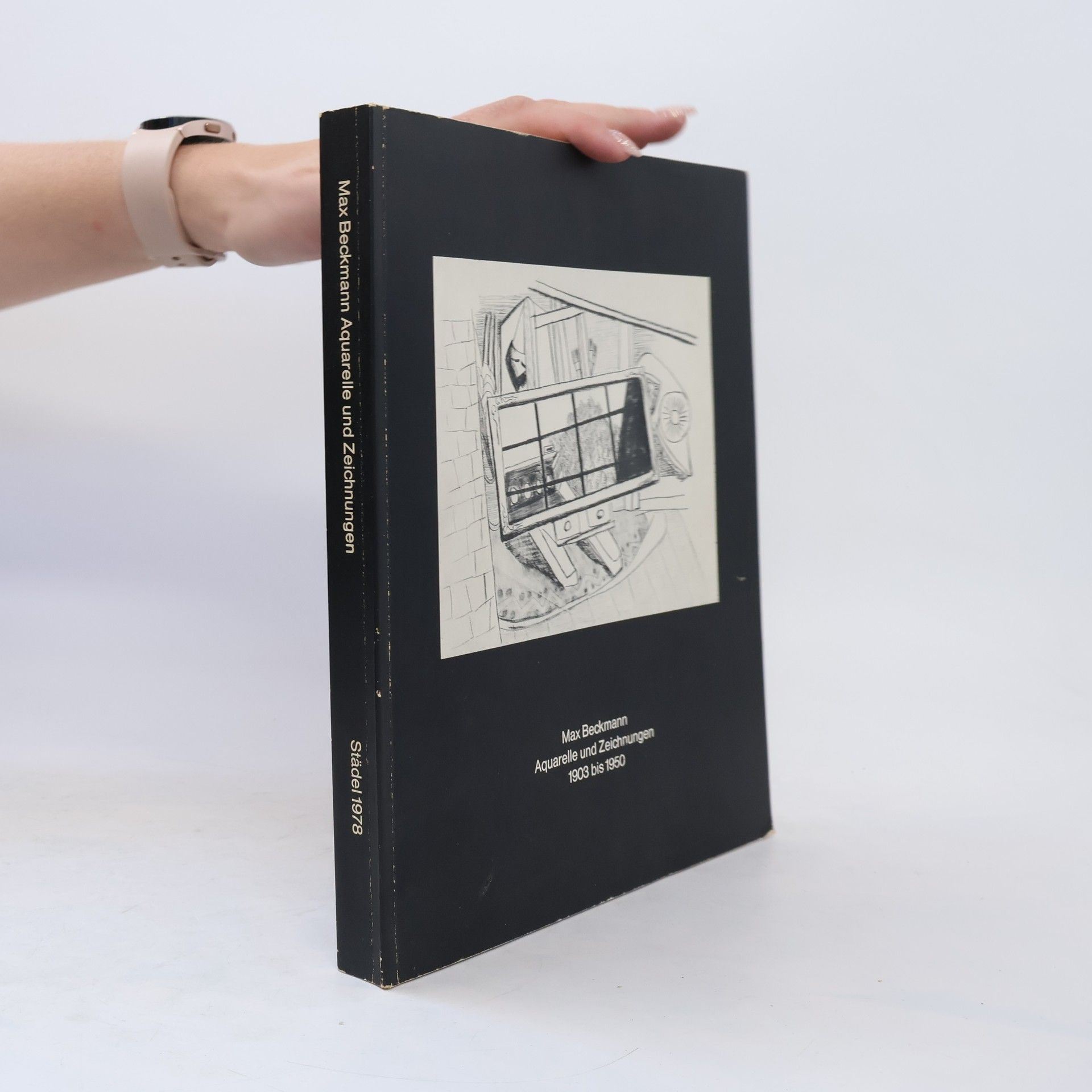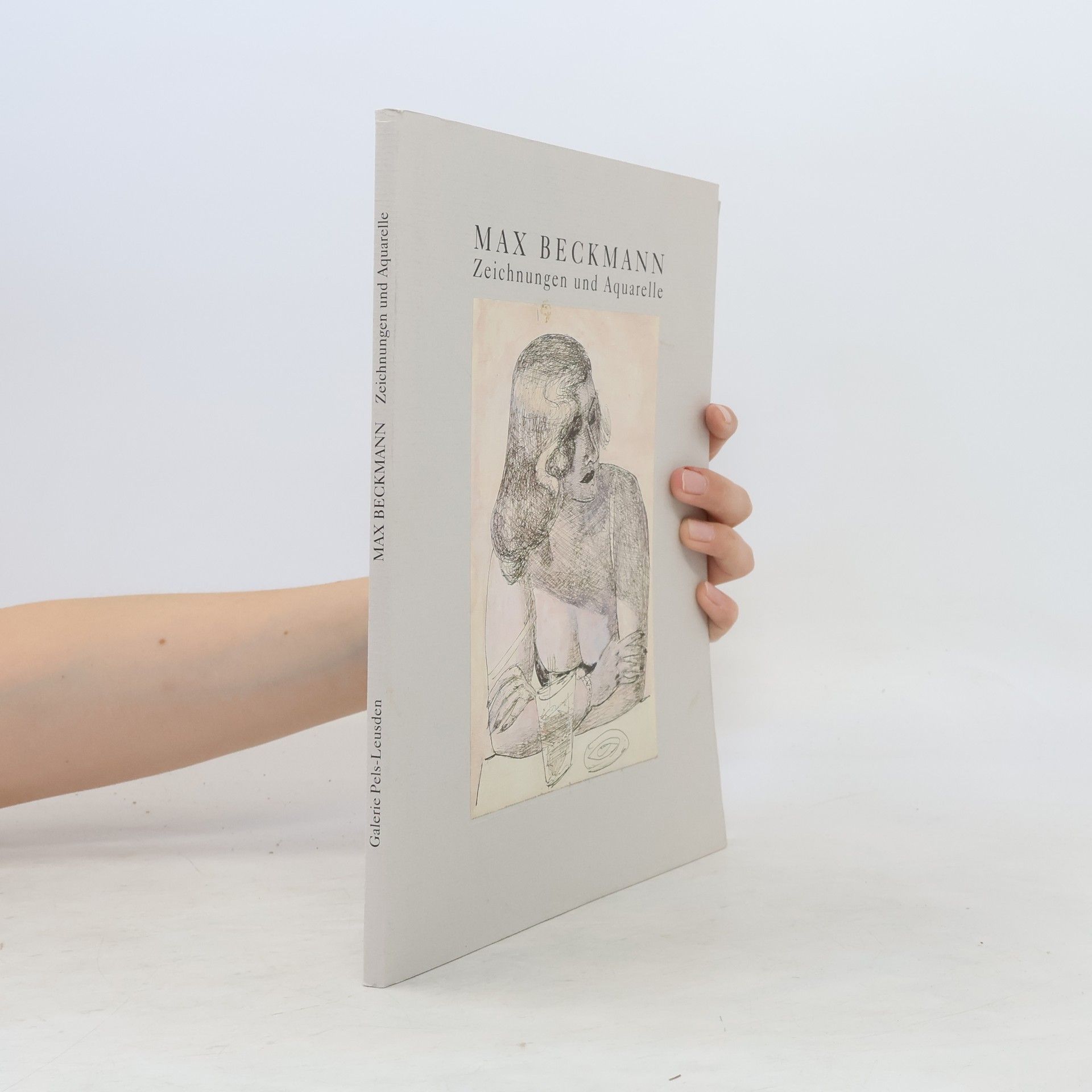Výběr textů malíře secese a expresionismu, i autora divadelních her Maxe Beckmanna. Maxe Beckmanna (1884–1950) můžeme zařadit mezi expresionisty, iniciační vliv na něj měli především William Blake a Edgar Munch. Nikdy nepatřil k žádné skupině ani škole. Svá témata ztvárňoval s ohromným napětím. Žádný aspekt reálného světa a fantazie mu nebyl cizí. Maloval antické boje a milostné scény, ale i klidné krajiny a zářivé květy, příhody z Nového zákona, z řecké a pohanské mytologie, moderní život ve velkoměstě, sny, velmi přesně vylíčené žánrové scény a podivuhodně věrné portréty. Jeho tematické rozmanitosti se přibližuje snad jen jeho generační druh Oskar Kokoschka. Malíř psal téměř celý svůj život. Jeho teoretické statě, sentence, rozhovory, dopisy a deníky otevírají čtenářům vytříbeným jazykem nonkonformní malířův svět v kulisách doby tak zásadně poznamenané válkou.
Max Beckmann Knihy
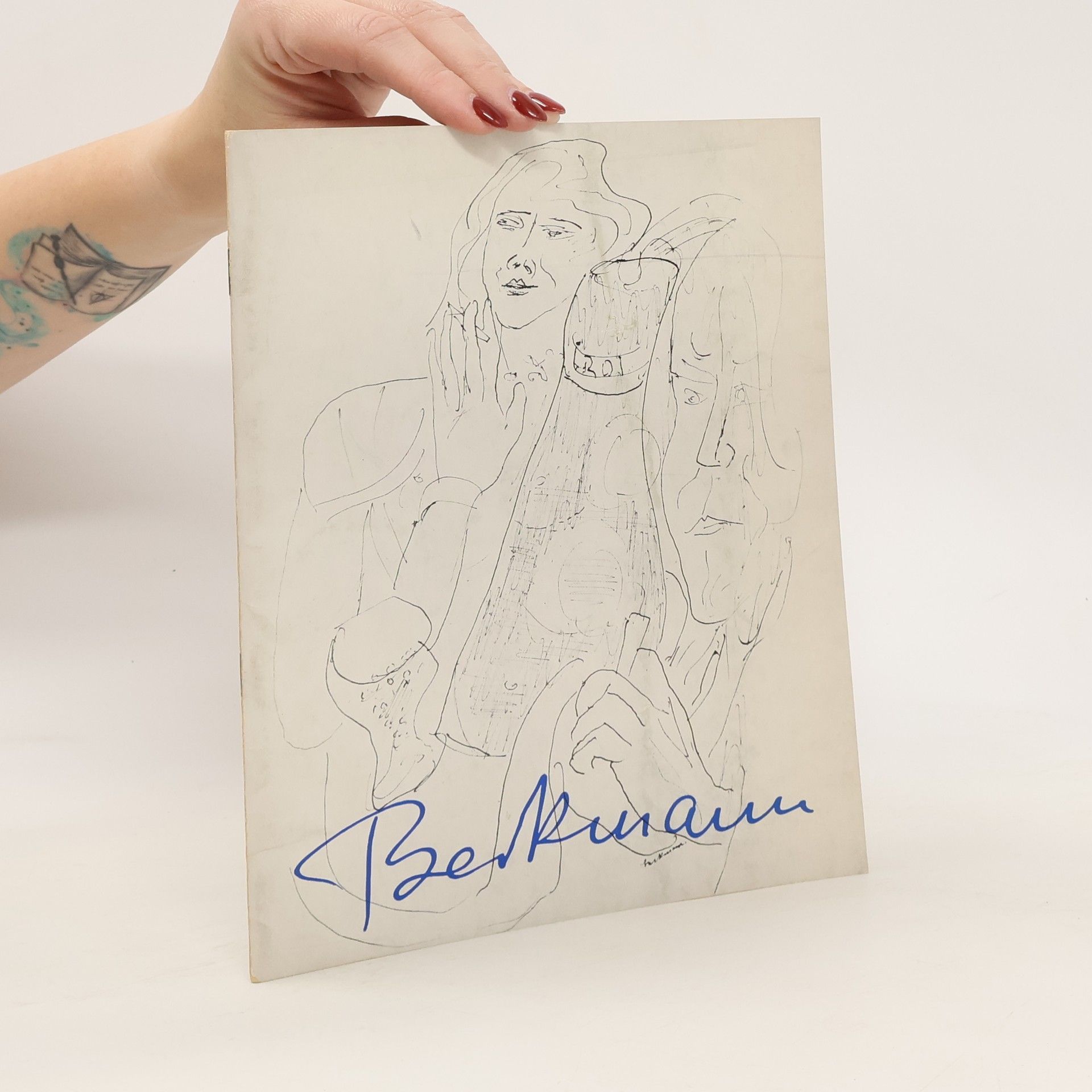
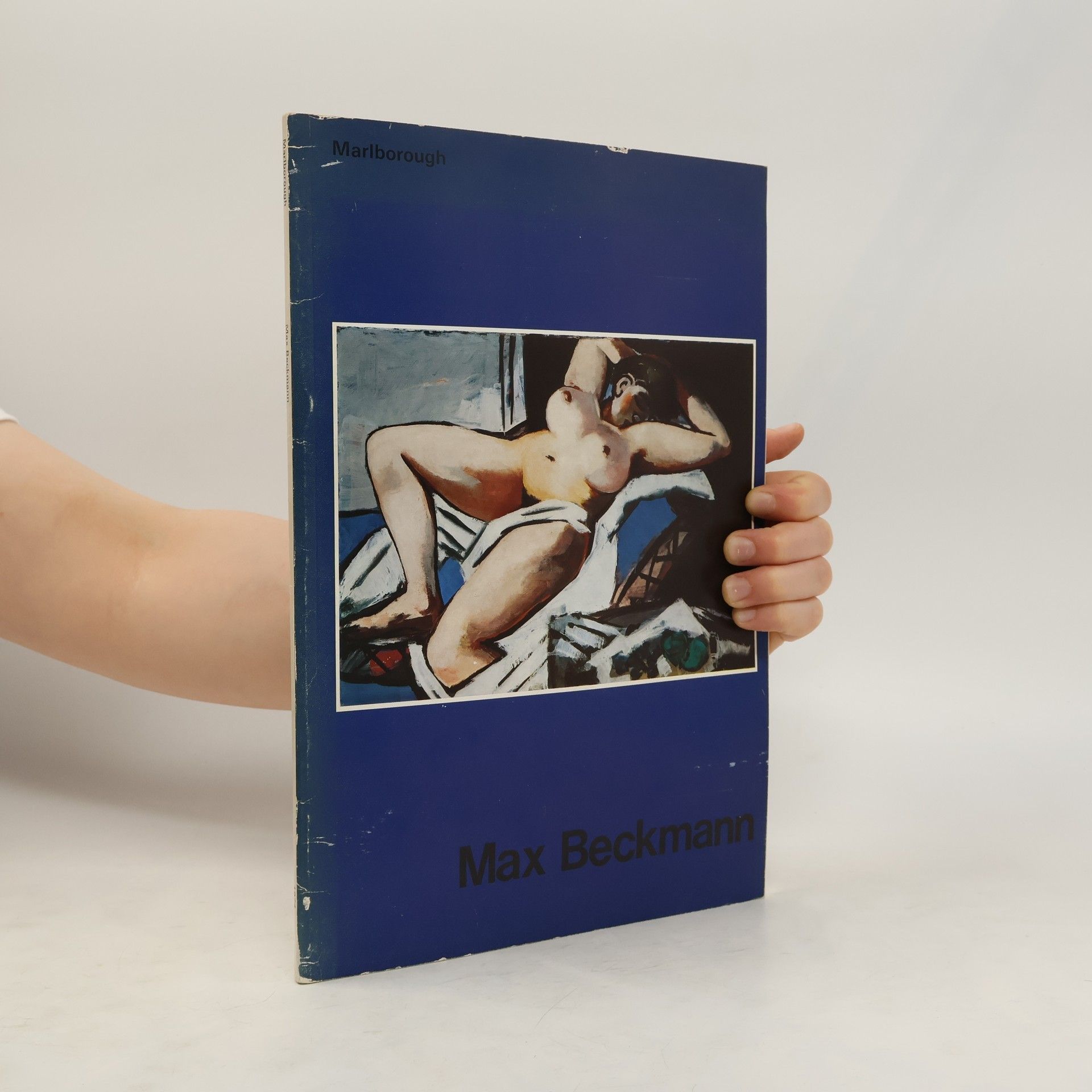
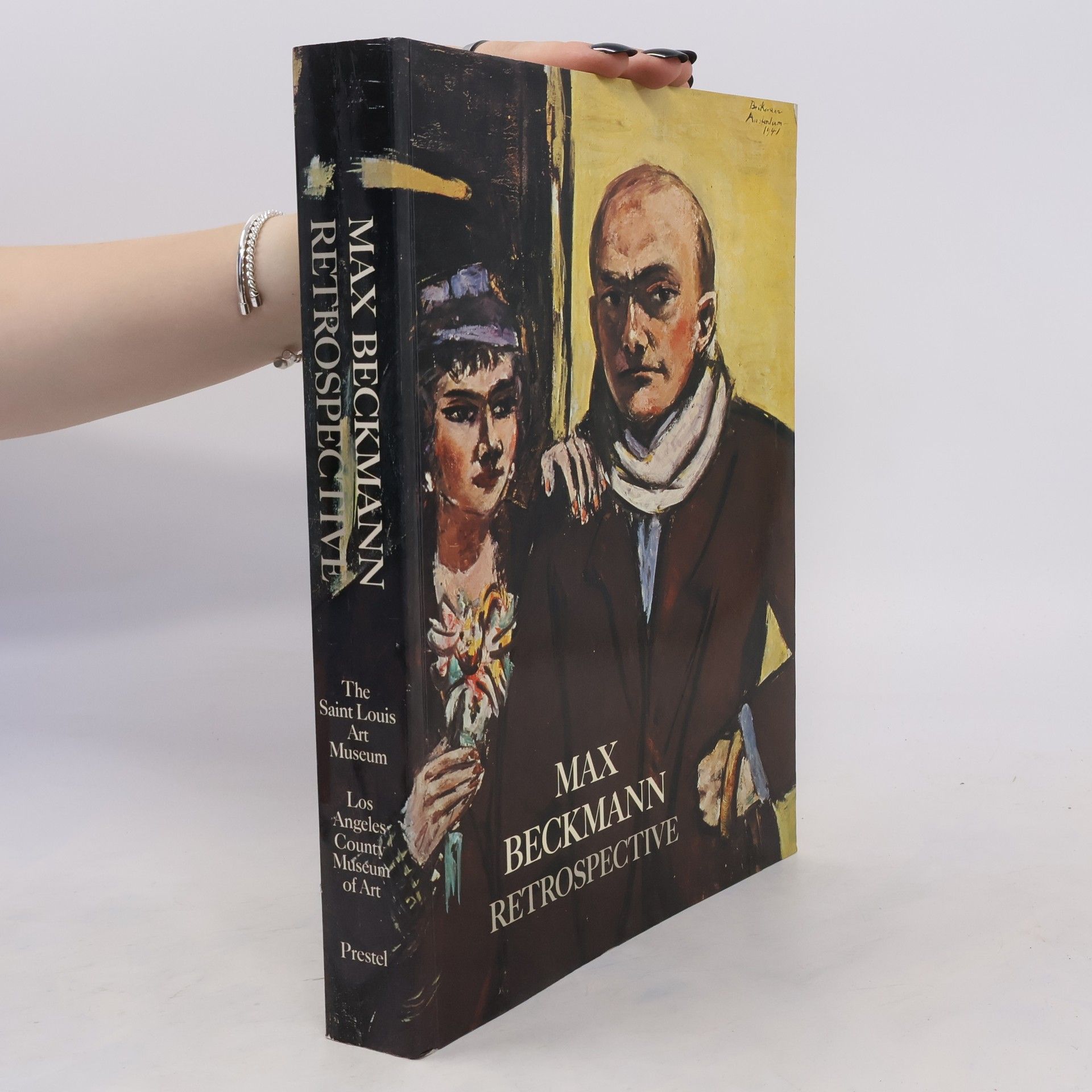
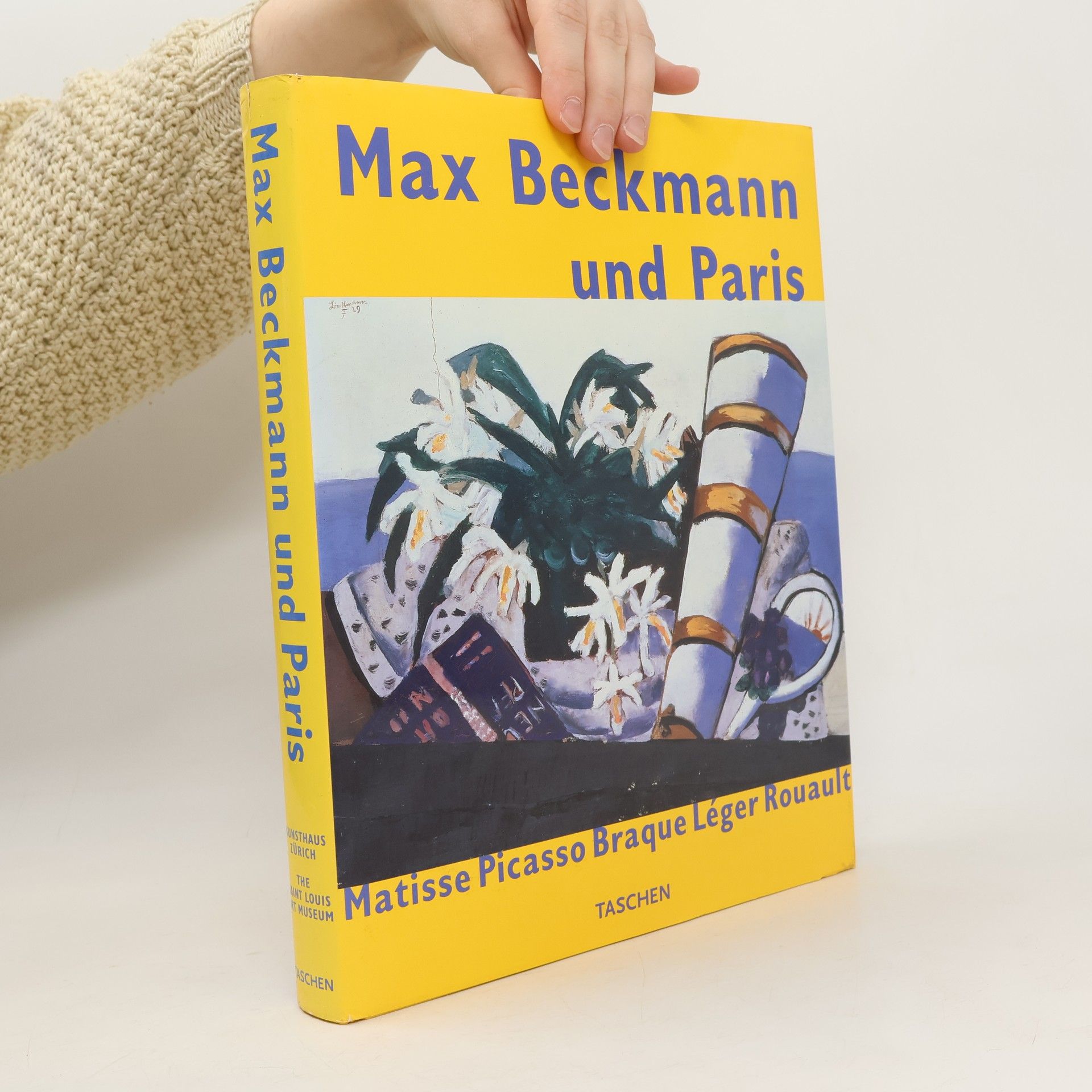
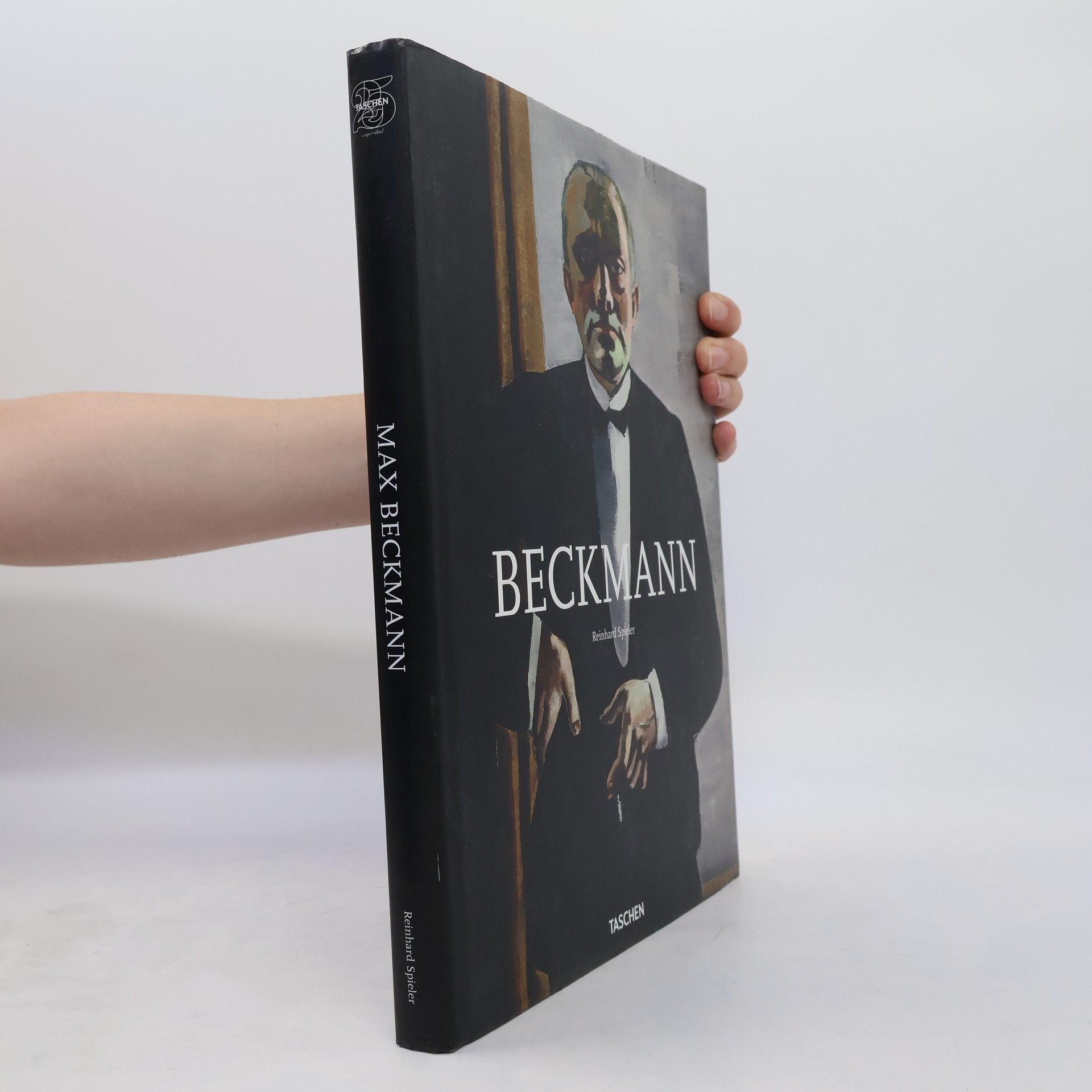
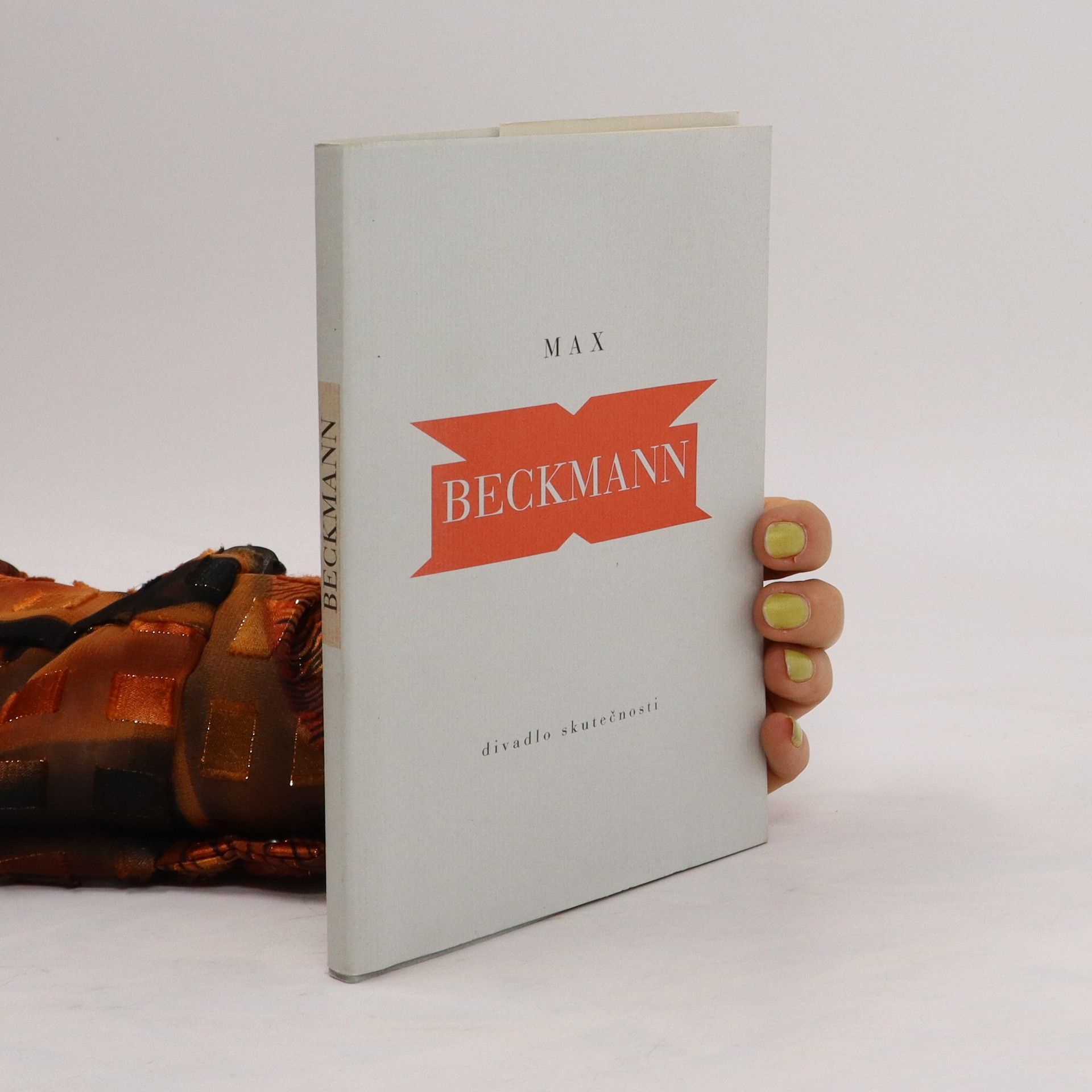
Meet Max Beckmann, an artist torn between late Impressionism and Expressionism and grappling with the angst of interwar Germany, between a doomed Weimar Republic and the rise of National Socialism. This essential introduction features more than 180 Beckmann images, including his most famous self-portraits and triptychs.
Max Beckmann and Paris
- 240 stránek
- 9 hodin čtení
""lf you wish to get hold of the invisible, you must penetrate as deeply as possible into the visible"". Max Beckmann might have been talking about his life as much as his brutally honest and dazzlingly choreographic paintings, for, when he died on a New York street corner in 1950, he had lived one of the most excoriatingly self-critical lives in modern art He left behind a body of work spanning five decades, work that found its direction and energy in the Paris of the 1920's. A magnet to artists, Paris gave Beckmann the creative competition he craved. Travelling there regularly (and settling there later), he mixed Freely with the likes of Matisse, Picasso and Delaunay, formulating a style that grew out of the passionate relationship between the German and French avant-garde. But Beckmann was always his own man, and while he soaked up the artistic fervour of the Parisian cafes and ateliers, he maintained a critical distance that allowed him to develop an intensely personal technique and oeuvre. Part Expressionist, part Cubist, Beckmann's art is one of self, cities and street-life, and this profusely and beautifully illustrated catalogue allows us finally to confirm Beckmann's pre-eminence in the most dynamic art scene of the Twentieth Century.
This illustrated volume presents an overview of Beckmann's work, from his early years in Germany, to his decade in exile in Amsterdam, to his final year in the USA. A critical analysis attempts to decipher Beckmann's expressionist language and to outline the themes that run through his work. Carla Schulz-Hoffmann is Director of the Collection of Twentieth-century art in the Pinakothek der Moderne in Munich, Germany. She teaches at the Academy of Fine Arts in Munich and has edited several catalogues on expressionist and modern art.


